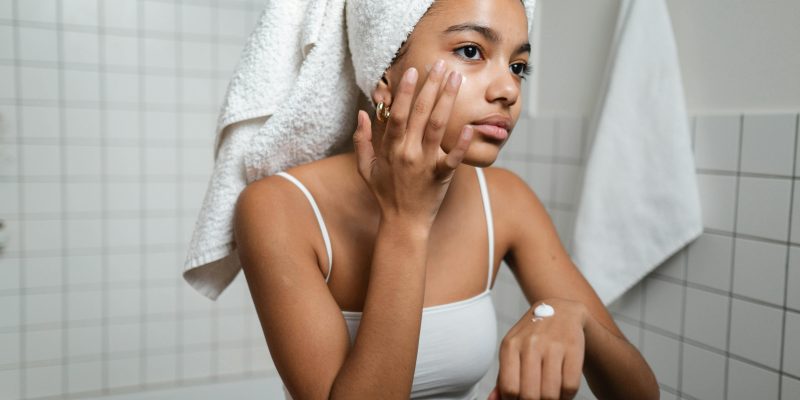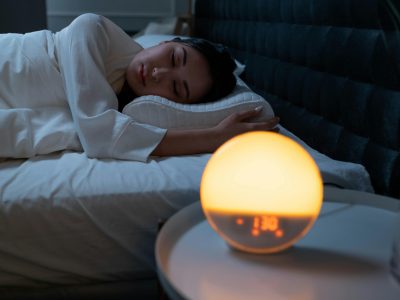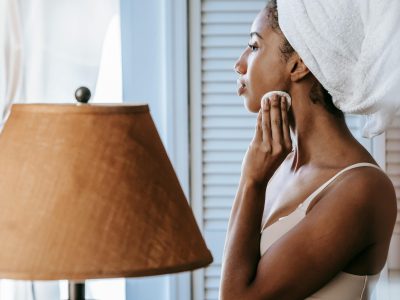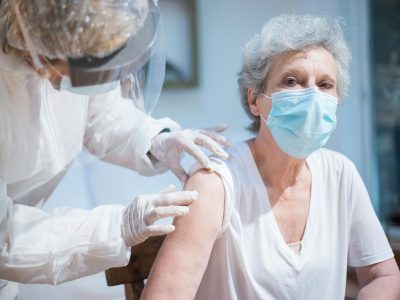Introduction
Pimple patches recently became an acne-curing rocket science. These quarter-sized stickers claim to clear up pimples overnight. But do they really work as advertised? In this post, we review how well they really work, how they really work, and what to expect if you use them.
Understanding Pimple Patches
Pimple patches are basically small, round stickers that you directly apply on top of a pimple. These patches are infused with acne-fighting actives. Some common ingredients are Hydrocolloid, Salicylic acid, and Tea tree oil. Their main function is to heal pimples by drawing fluid out and calming inflammation.
How Do They Work?
- Pimple patches are primarily used to form a protective barrier. This barrier protects against bacteria, as well as any touching that will just aggravate acne elevations.
- Patches typically include hydrocolloid, which absorbs pimple fluid. This encourages quicker healing as it pulls out the impurities.
- Salicylic acid and tea tree oil, meanwhile, offer extra bacteria-busting benefits.
Benefits of Using Pimple Patches:
- Perhaps the most impressive thing about pimple patches is how easy they are to use. That said, they are simple to implement and don’t take much work.
- They are simple and also readily available in a style that many users prefer for overnight use.
- The patches also act as a physical deterrent against the urge to pick and pop, leading to fewer scars.
- They also provide the additional benefit of being discreet. These are generally clear, skin-colored patches that blend more easily during the day. It lets people wear them in public and not feel weird.
Effectiveness and Limitations:
- Pimple patches, for one, are not a cure-all — they only work for certain types of acne.
- They’re ideal for surface-level imperfections. These patches may not be effective for deep cystic acne.
- Patches are not a panacea, and users need to temper their expectations appropriately.
- Also, effectiveness depends on the ingredients that your patch has.
- Whiteheads can really benefit from hydrocolloid patches, which suck out the pus and help with swelling.
- Blackheads may respond better to salicylic acid patches.
Factors that Must be Considered While Opting for a Pimple Patch:
- Choosing the right pimple patch will depend on your skin type as well as how intense you want your treatment to be.
- Hydrocolloid on its own can be ideal for those with sensitive skin. If you have more resistant acne, you may choose patches with more active ingredients.
- You, at the top, must also check the size of the patch. They come in various sizes, from small imperfections to extensive areas.
- The proper size is the right dose of adherence and outcomes.
Tips for Best Results:
- For best results, thoroughly cleanse and dry the area prior to applying pimple patches. This ensures a strong adherence and efficacy.
- For the patch to take effect, it is usually recommended to leave it attached for a certain period of time, i.e. overnight.
- Do not apply a skin care product over the patch. This can reduce its effectiveness.
- Along with the patch, it requires integrating into a nightly routine — post-cleanse, pre-moisturiser.
Alternatives to Pimple Patches:
- If you don’t find these pimple patches strong enough, there are other alternatives.
- Benzoyl peroxide or sulfur spot treatments can work in conjunction with the patches. This variety of acne allows for a broader range of treatments.
- A dermatologist can give you more details. In chronic or severe cases, professional advice may assist you to choose a suitable course of therapy.
Conclusion
While not a fix-all, pimple patches can be useful in managing acne. They are easy to use, minimise picking at spots, and are also a daytime-friendly option under the radar. But they work better for some types of acne than others, and different people have different experiences.
Figuring out how these patches operate and establishing realistic goals is essential. Although they are not a panacea, they may be a useful complement to a skin care practice. There are various types and you do not have to choose only one type but be open to explore types and find one that best works for you.
At the end of the day, pimple patches are just one aspect of a larger approach to skin care. When used together with other treatments and proper skin care it can provide better results. Everyone has different skin and achieving healthy and clear skin requires balance.













Comments